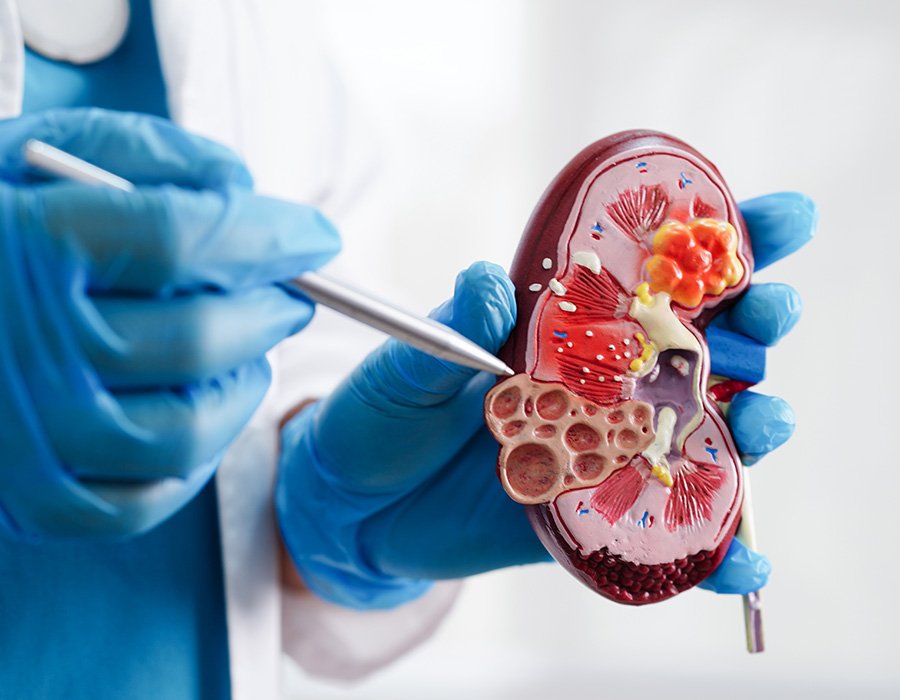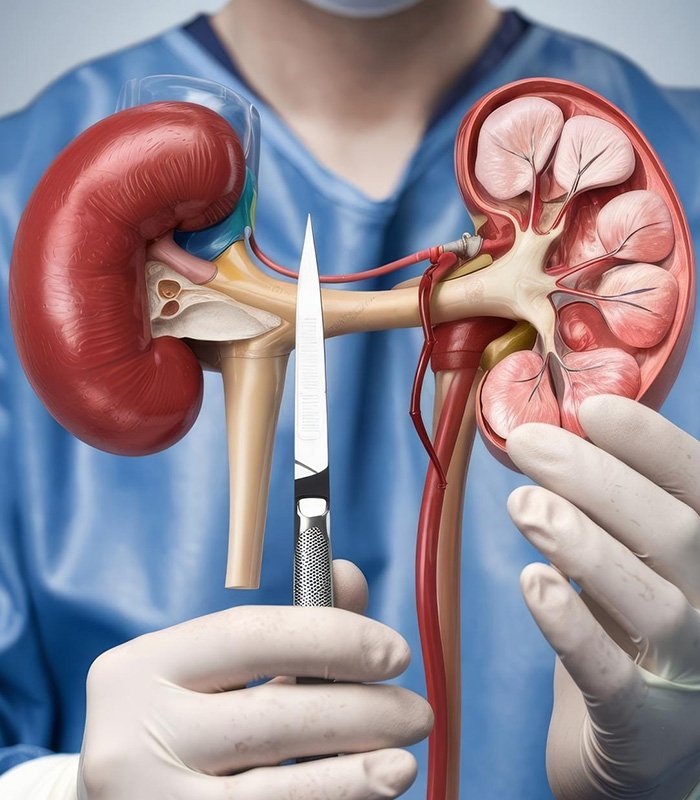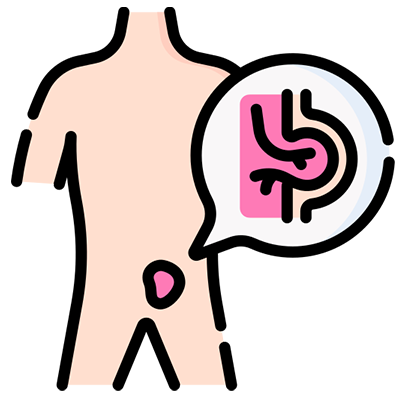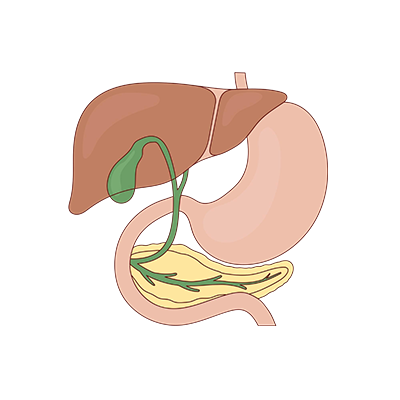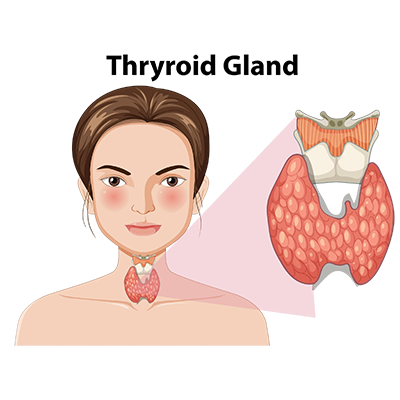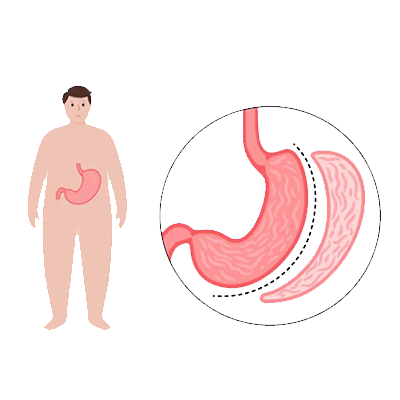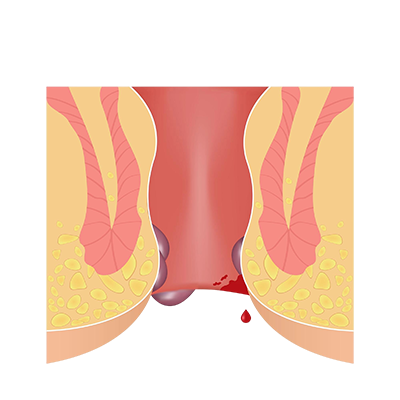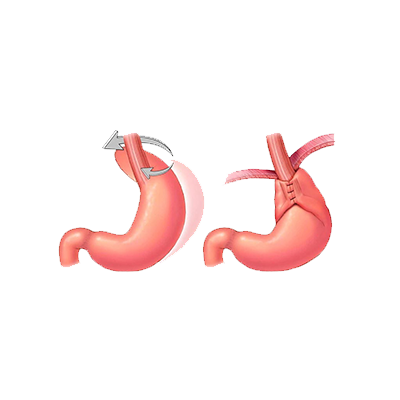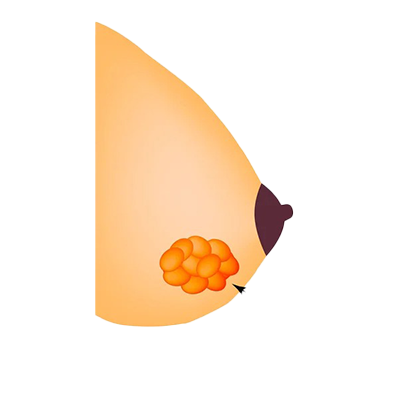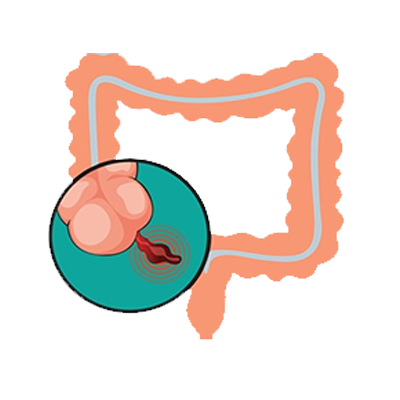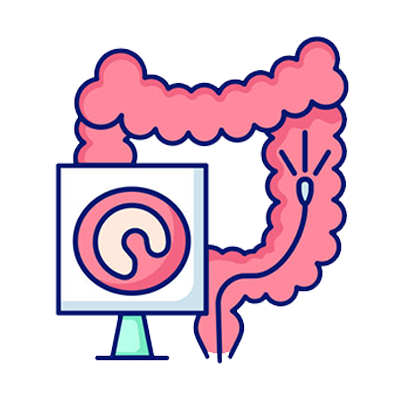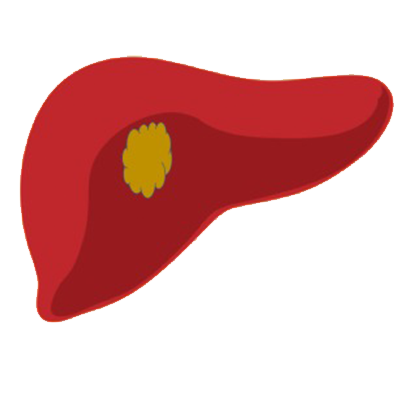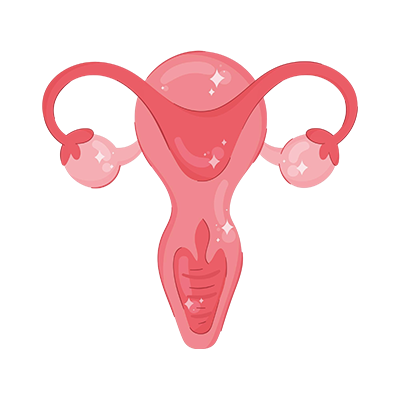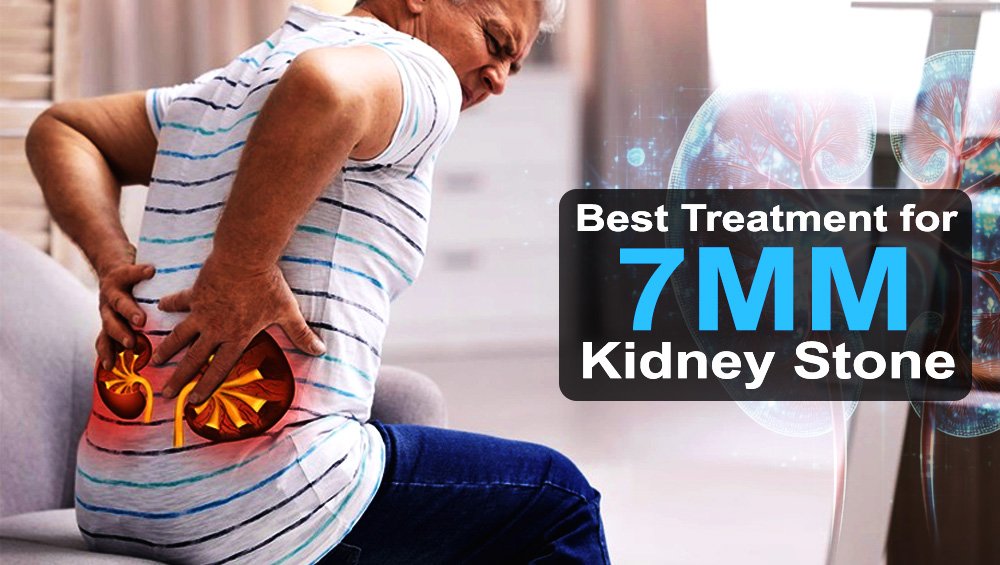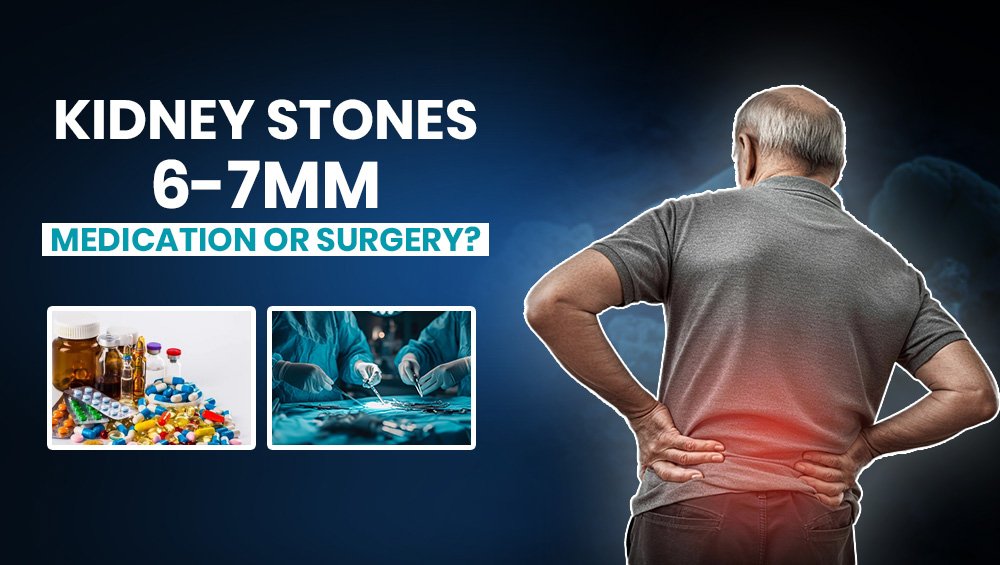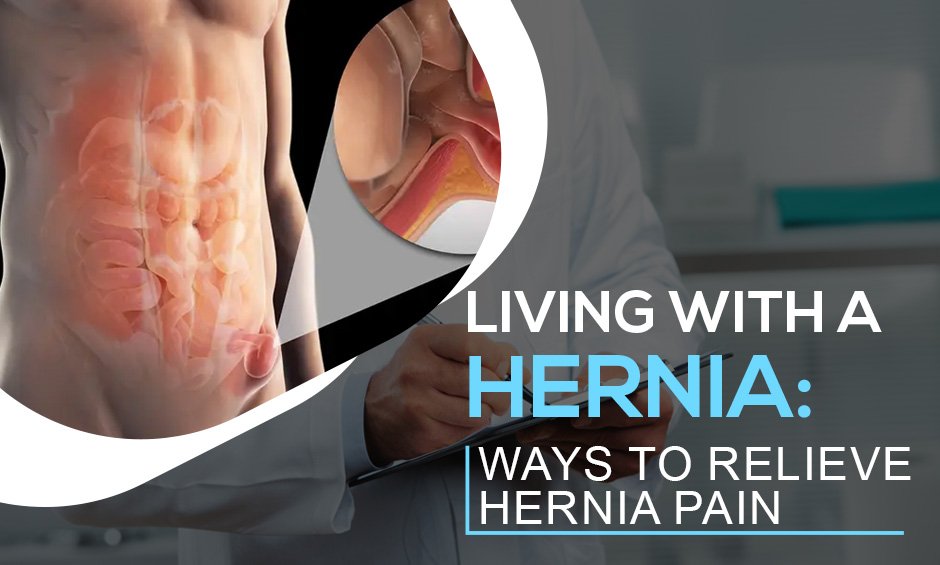What are the Symptoms That May Need Urology Surgery??
- Sharp pain in the lower back or side that may move down near the groin
- Blood in urine (sometimes visible, sometimes only detected by tests)
- Burning sensation while peeing or frequent urge to urinate
- Cloudy or foul-smelling urine
- Swelling on one side of the belly if urine flow is blocked
- Fever or chills (a serious warning sign)
- Dull aches that come and go
- Small stones may pass naturally, but bigger ones need medical help
- Passing tiny stones often or repeated kidney pain should be checked by a doctor
Dr. Aryan will suggest ureteroscopy treatment or RIRS if needed, only after proper scans and tests.
